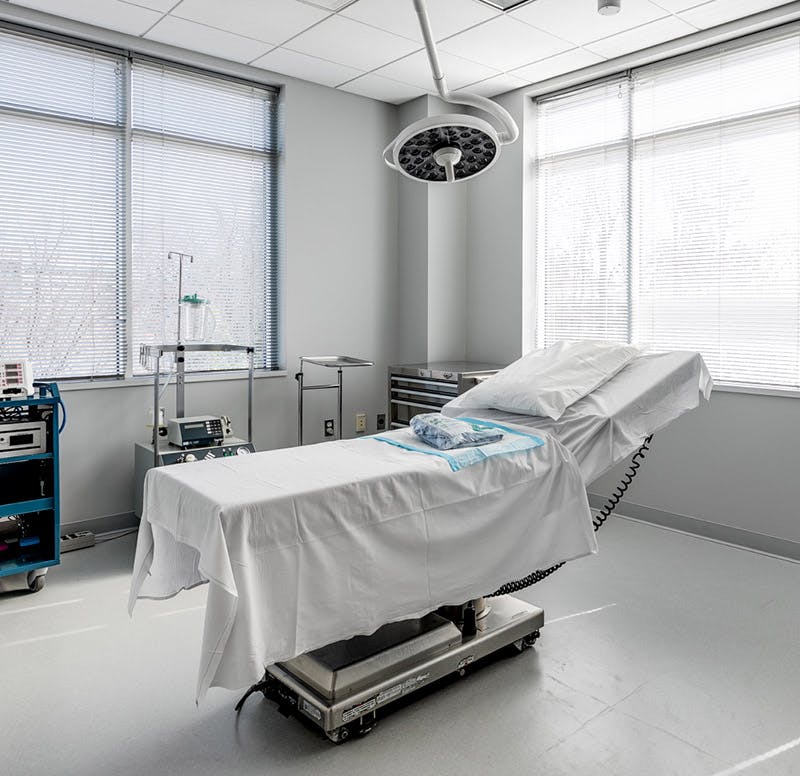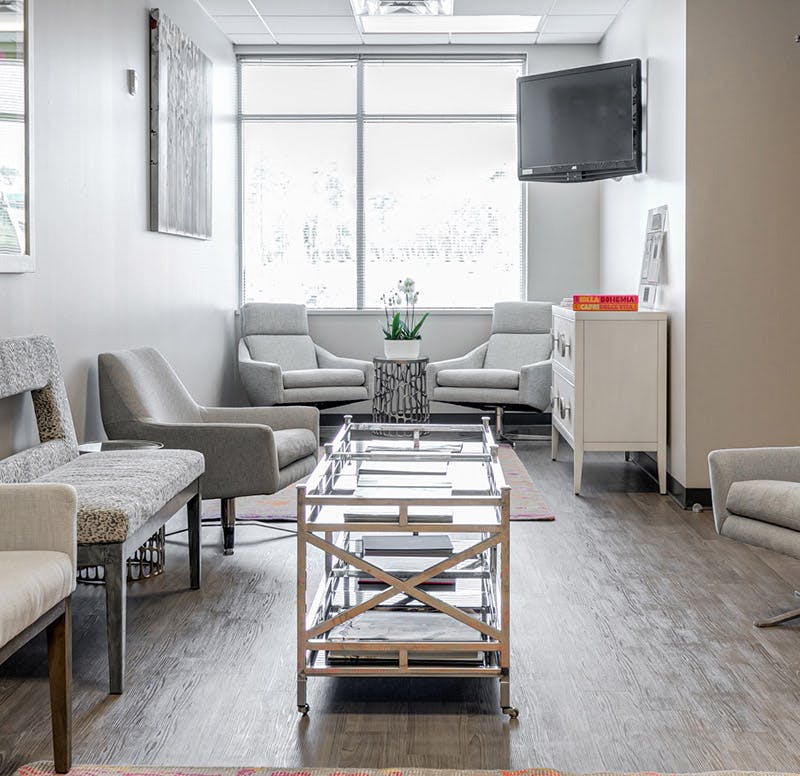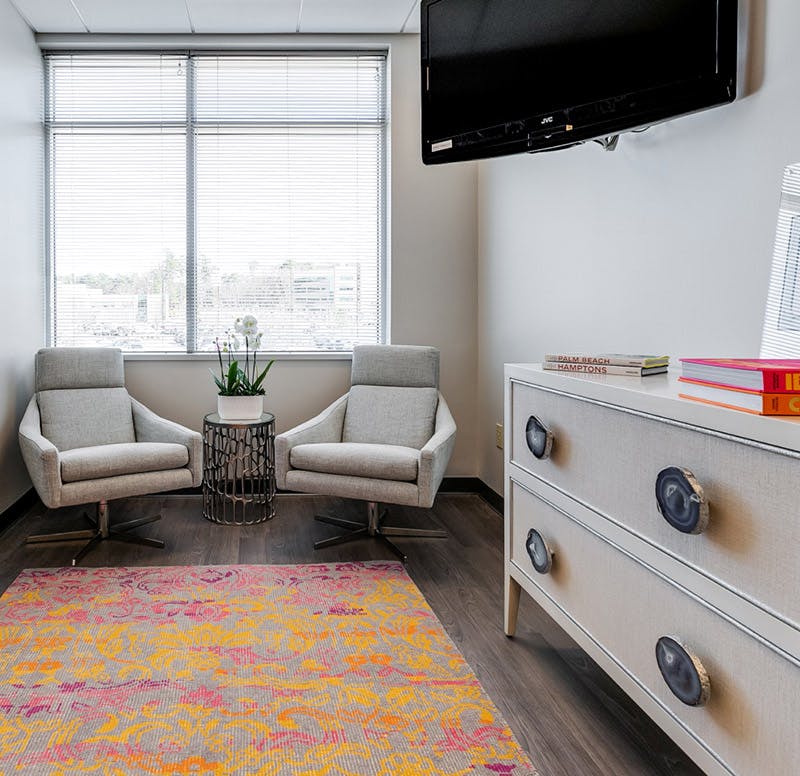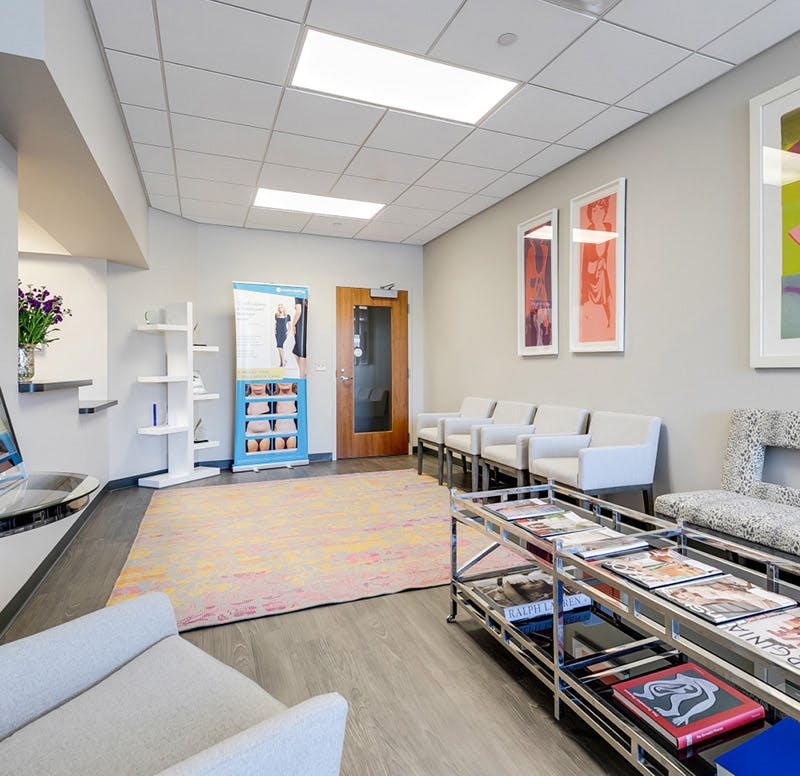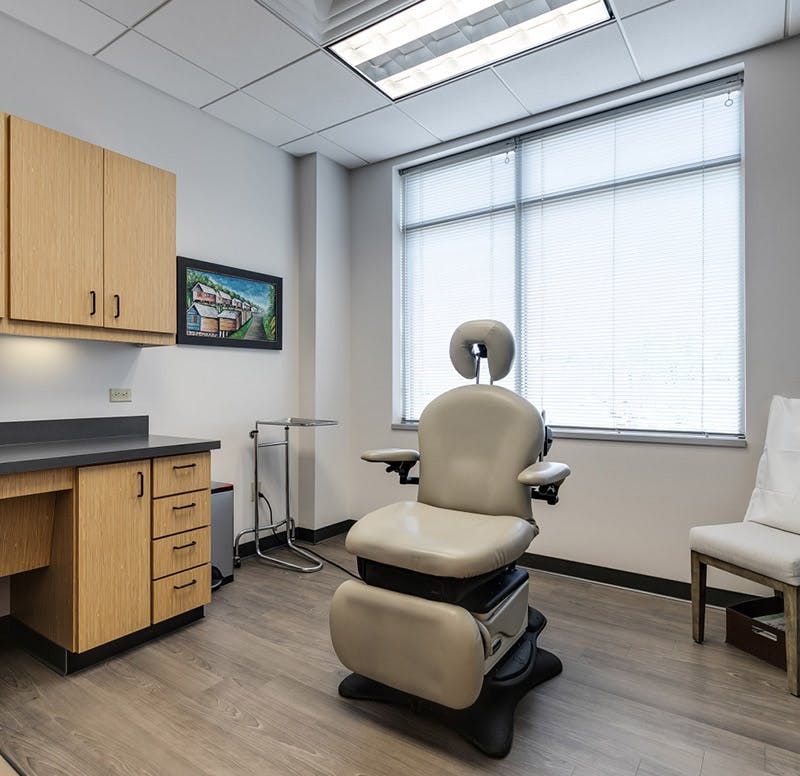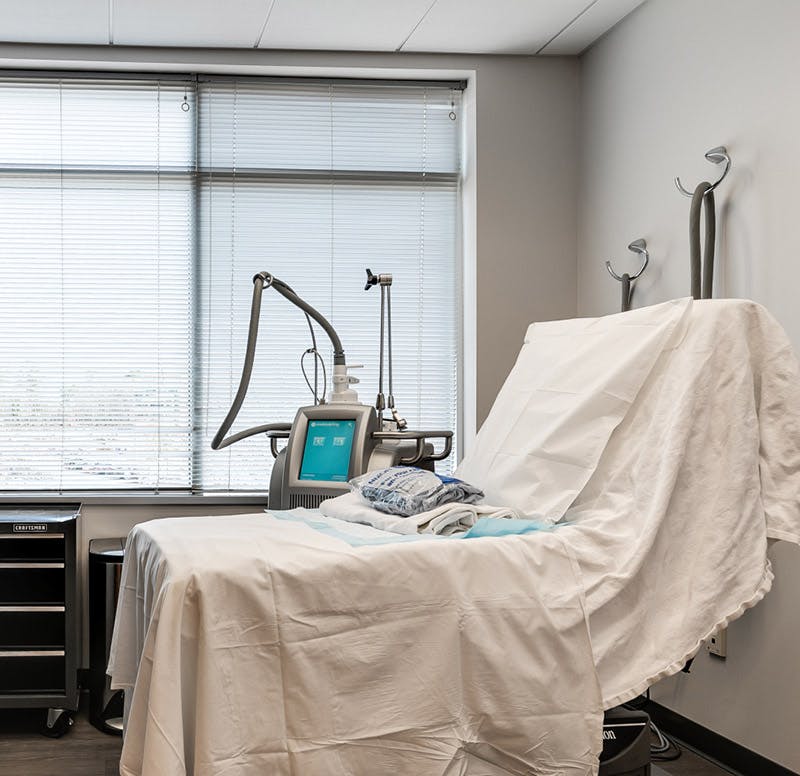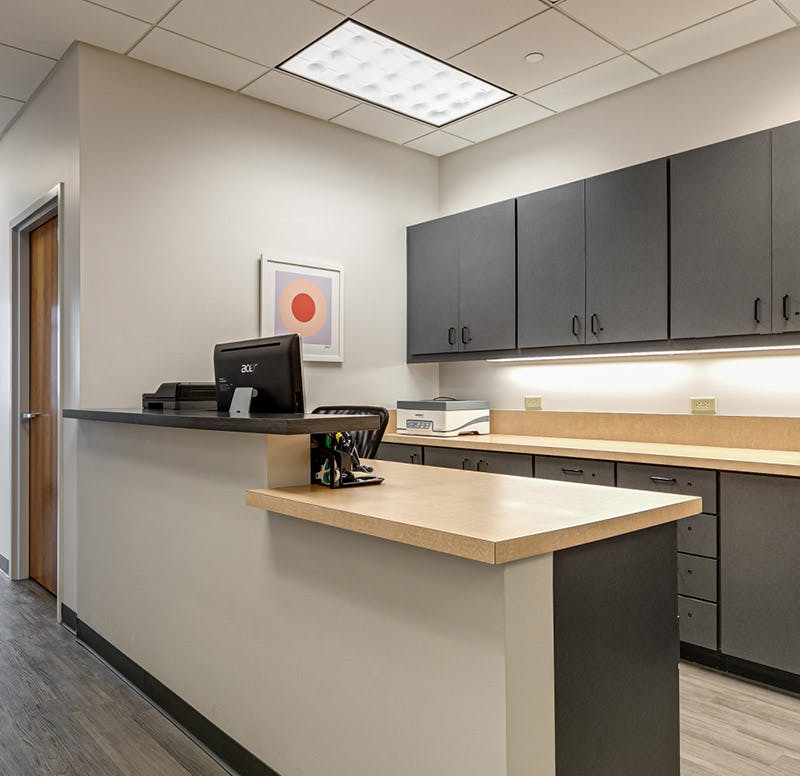Breast revision surgery is a viable option for any patient who did not achieve their desired cosmetic results the first time and seeks a more balanced, sculpted upper body appearance. Dr. Reps Sundin and Dr. Burton Sundin, both board-certified, Fellowship-trained plastic surgeons, are dedicated to resolving your concerns while restoring your confidence and quality of life.
Revision surgery for axillary breast tissue removal
Some women struggle with excess breast tissue that spills over into the underarm region. To treat this concern, surgeons can perform axillary breast tissue removal, reshaping the area to appear slimmer and more balanced. When the woman’s original cosmetic goals are not achieved the first time, Drs. Burton M. Sundin and Reps B. Sundin can perform revision techniques to achieve the patient’s ideal look in bras, swimwear, dresses, and tops. Revision surgery can correct the discomfort of excess axillary breast tissue using a variety of innovative techniques, including liposuction. The surgeons at the Virginia Institute of Plastic Surgery take special care to minimize postoperative scarring by placing incisions in areas where they will be the most inconspicuous and by practicing a conservative approach.





